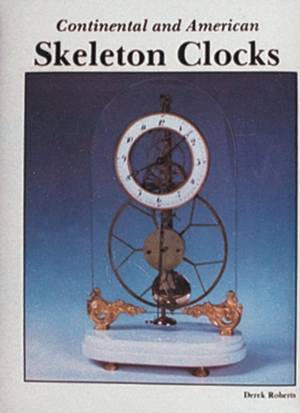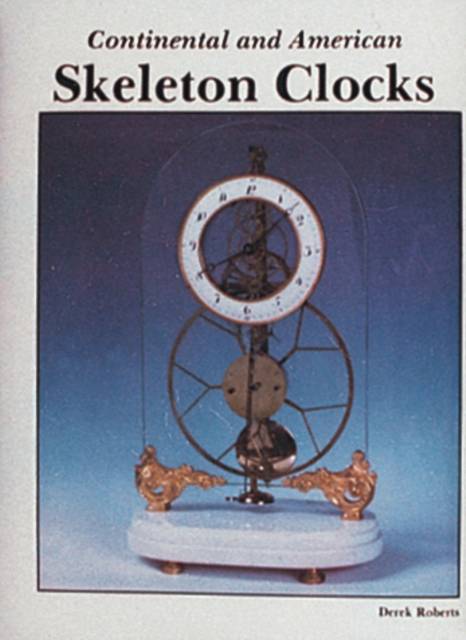
- Afhalen na 1 uur in een winkel met voorraad
- Gratis thuislevering in België vanaf € 30
- Ruim aanbod met 7 miljoen producten
- Afhalen na 1 uur in een winkel met voorraad
- Gratis thuislevering in België vanaf € 30
- Ruim aanbod met 7 miljoen producten
Zoeken
Omschrijving
The skeleton clock probably is the most fascinating of all clocks. It displays, by means of its fretted-out frame and lack of any protective case other than a glass dome, its inner-most workings. Therefore, this type of clock attracted the attention of some of the finest makers, particularly those working in France from circa 1760-1860 as it enabled them to display their skills so completely. It was for the same reason that it was popular with their wealthy clients, who could show off their latest acquisitions so perfectly. A typical example of this is an amazing clock made by Sarton for the Duke of Lorraine, the dial of which swings to and fro so that wherever you are sitting in the room you can see it clearly. Other examples are the glass-plated clocks which apparently have no frame and often go for six months at a single winding, and clocks which show not only the time but also such things as day, date, month, moons, age and phases, sunrise and sunset, the time in other world locations, and even the equation of time(i.e. the difference between the sun's and our time). Many of these are more than clocks-they are great works of art. Numerous examples, including the products of countries such as France, Holland, Austria, and America are included and fully illustrated, frequently in color, in this book. There is a chapter on modern skeleton clocks that shows that fine clockmaking still is very much alive and well. The fascinating information on skeleton clocks made in America is the first full account to be published in over a decade.
Specificaties
Betrokkenen
- Auteur(s):
- Uitgeverij:
Inhoud
- Aantal bladzijden:
- 288
- Taal:
- Engels
Eigenschappen
- Productcode (EAN):
- 9780887401824
- Verschijningsdatum:
- 9/01/1997
- Uitvoering:
- Hardcover
- Formaat:
- Genaaid
- Afmetingen:
- 234 mm x 307 mm
- Gewicht:
- 1769 g

Alleen bij Standaard Boekhandel
+ 216 punten op je klantenkaart van Standaard Boekhandel
Beoordelingen
We publiceren alleen reviews die voldoen aan de voorwaarden voor reviews. Bekijk onze voorwaarden voor reviews.








